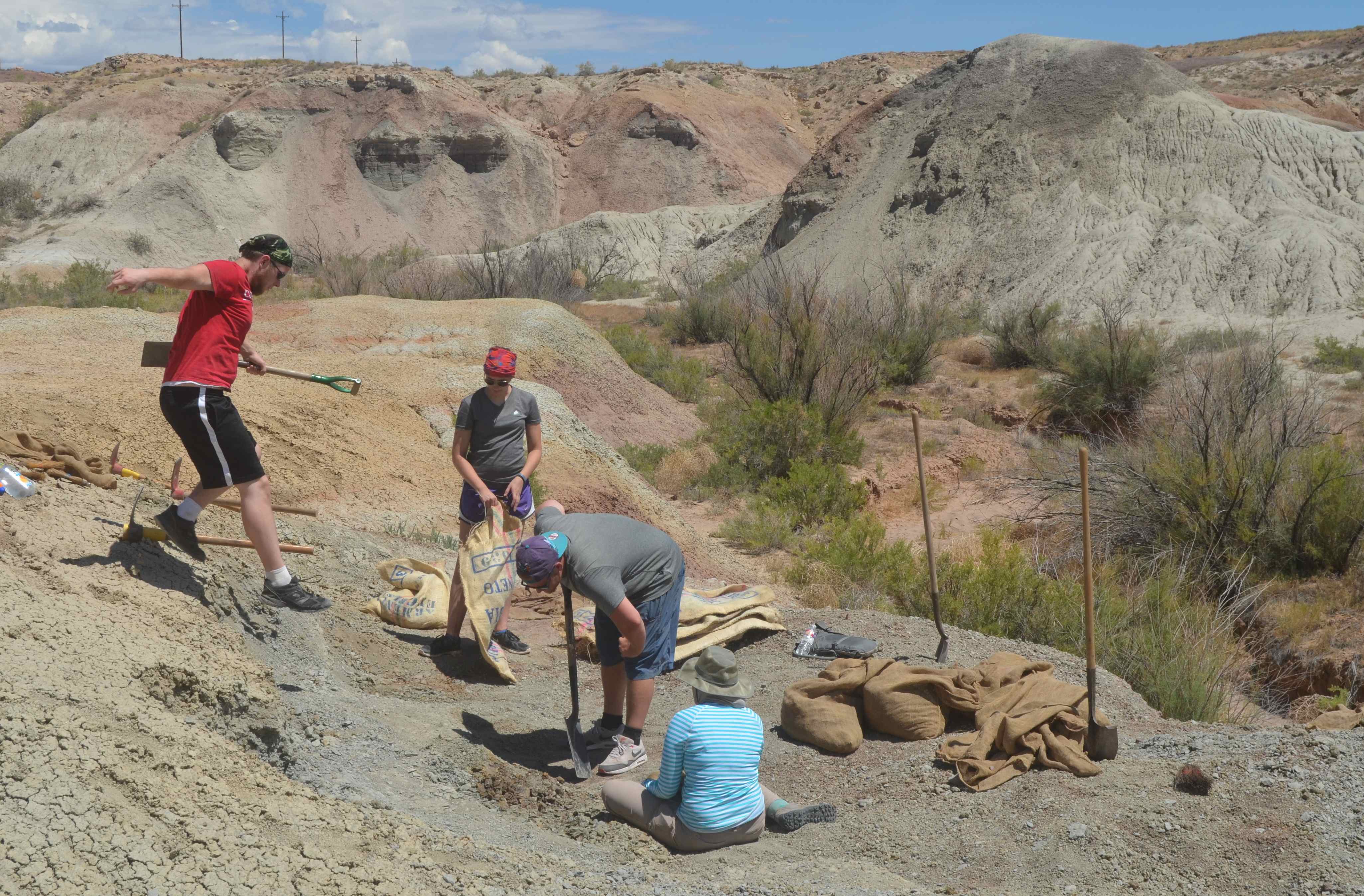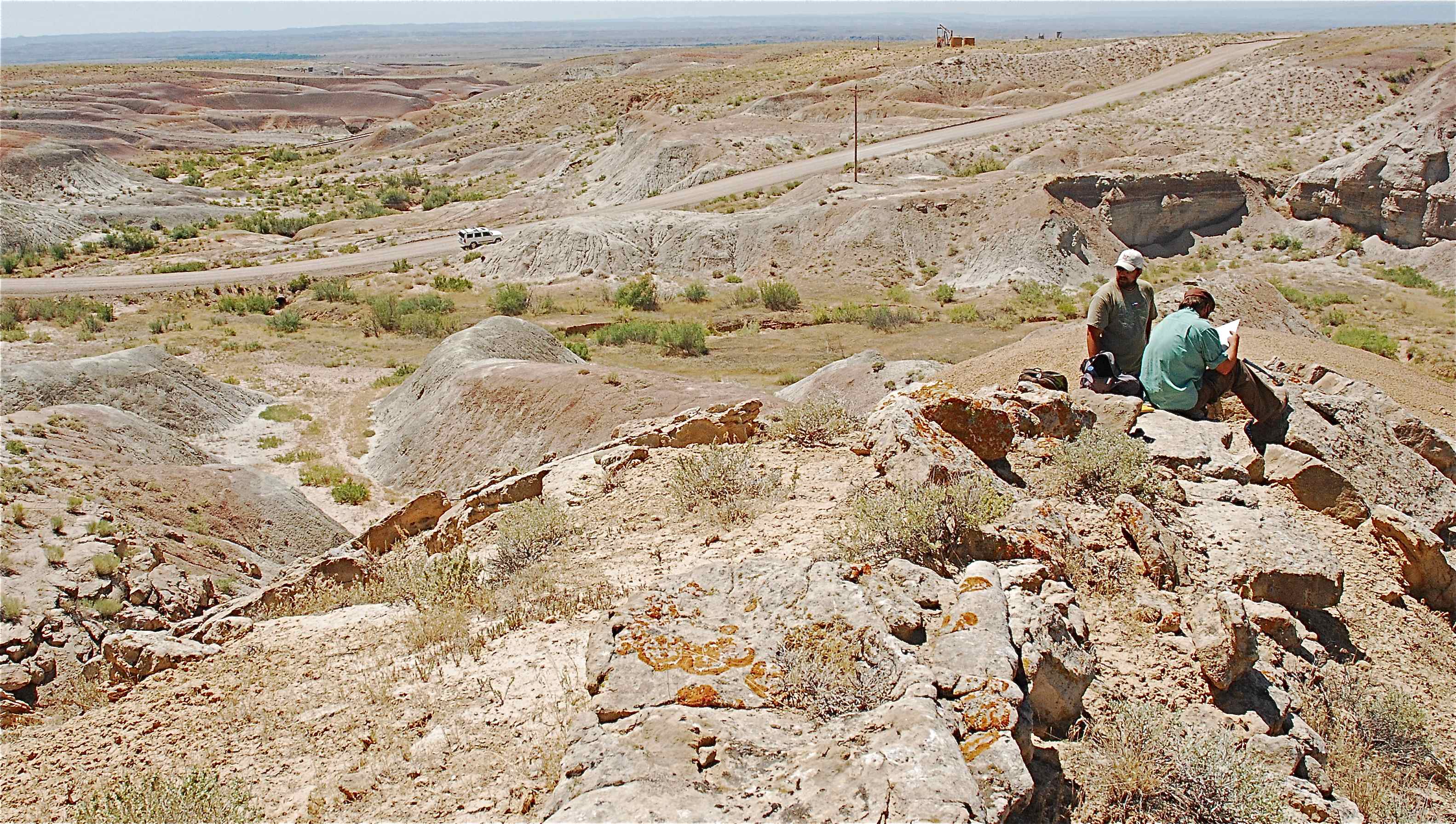Reports: UR852083-UR8: Biostratigraphic and Paleoecologic Analysis of the First Micro-Mammal Community from the Type Location of the Middle Eocene, Late Uintan North American Land Mammal Age
James Westgate, PhD, Lamar University




James Westgate, PhD, Lamar University




Copyright © American Chemical Society